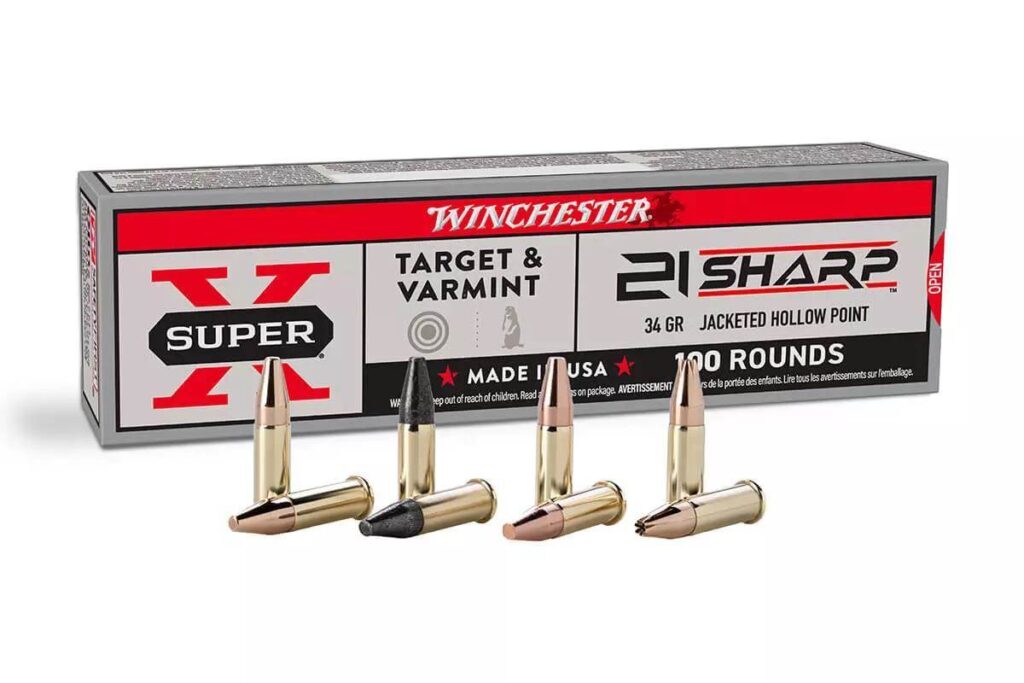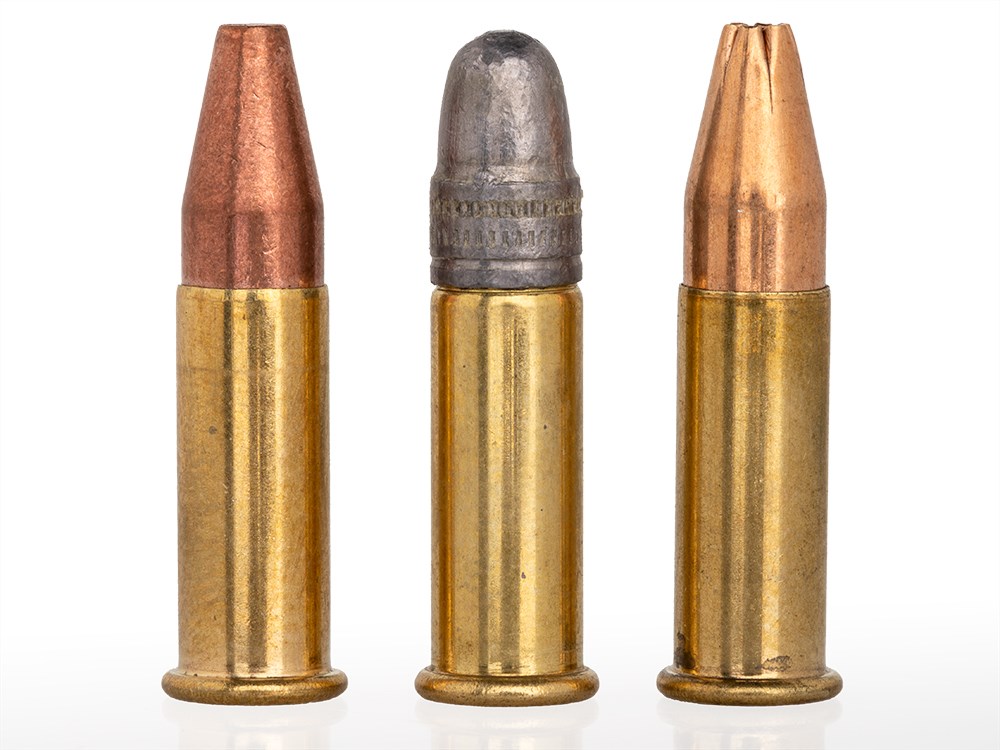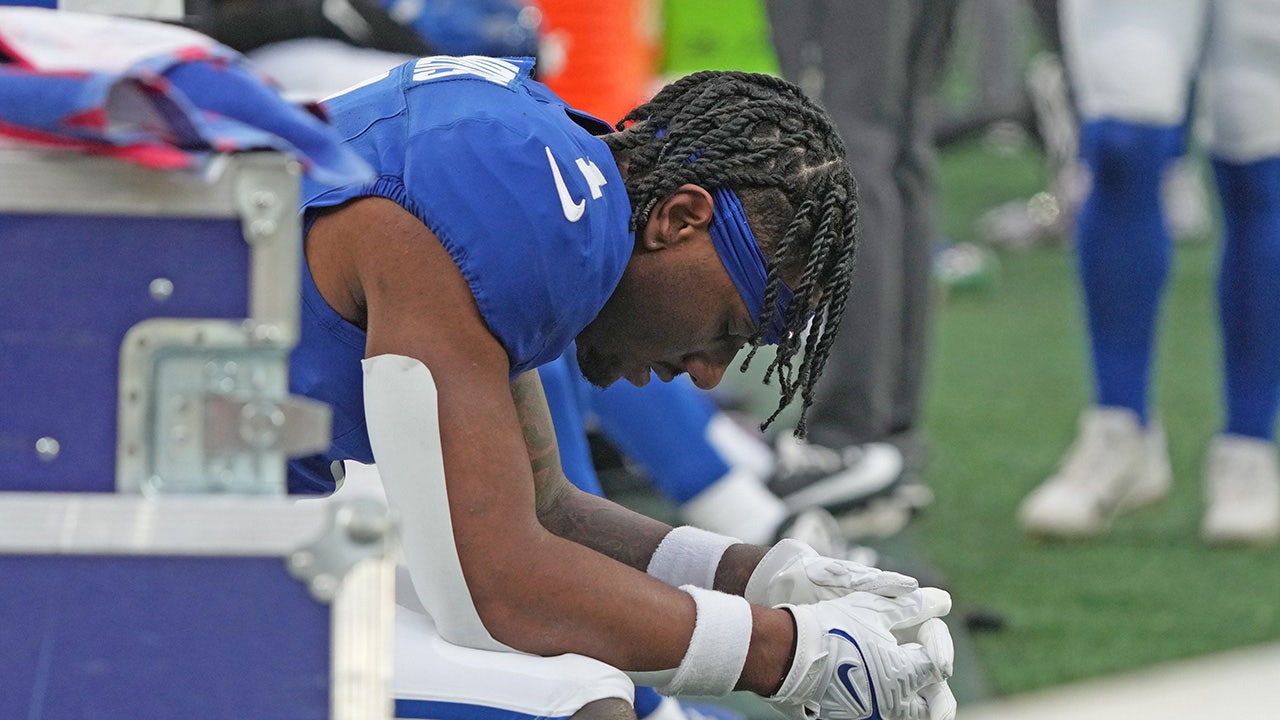New cartridges have it rough. It seems like the only calibers that stick around long term were created at the turn of the 19th to 20th century or were adopted by the US Military. There are exceptions, but new calibers are tough to sell and rare to adopt. New rimfire rounds are seemingly rare, but calibers like the .17 HMR have been pretty successful all around. When the .21 Sharp drifted across my newsfeed, I was intrigued.

The .21 Sharp is a Winchester product, and Winchester isn’t afraid of doing weird stuff. They make some interesting shotgun loads, some of which I loathe, like a Defender birdshot load. They also have a US Military contract for the JHPs that are being fielded. The .21 Sharp isn’t a high-speed, high-powered rimfire load. It’s not competing with the .22 WMR or .17 HMR, but it’s a .22LR competitor.
That’s odd because .22LR has been largely without competition since, you know, 1887. The .21 Sharp uses the .22LR case and is proclaiming itself an evolution of the .22LR. That’s a mighty big claim. Does anyone feel the .22LR needs to evolve? Is it not doing its job well enough?
What’s Up With .21 Sharp?
As the name implies, the .21 Sharp is .01 smaller than the .22LR. What’s the point of using a slightly smaller projectile? With the .22LR, the bearing surface of the projectile and the exterior of the case have identical diameters. This means ammo manufacturers have to neck down the ass end of the projectile to fit into the case.

This does two things. It limits case capacity and exterior ballistics. Still, even with that complaint, does the .22LR not do what we need it to do? I’m willing to be open-minded. The .21 Sharp claim to fame is the capability to produce a jacketed bullet for the caliber. You could also make a nonlead bullet for the .21 Sharp. That’s possible with the .22LR, but it seems to be very rare.
Winchester’s press release mentions this, and it seems to be a big selling point.
“Ammo manufacturers have tried with little success to incorporate lead-free projectiles into use in the venerable .22 Long Rifle (LR) cartridge. While those products are available, none have ever met the accuracy and on-target performance that a lead projectile can provide due to the original .22 LR design. The new .21 Sharp rimfire cartridge from Winchester was purposefully designed by Winchester to provide top performance with lead-free projectiles rather than accommodating them later.”
Winchester’s first .21 Sharp load is a 25-grain copper-only game load. It’s clearly the cartridge’s purpose. The more spitzer-like projectile could lead to greater accuracy. According to Winchester, it can create 1.5-inch groups at 50 yards.

Beyond Hunting
In a world where lead ammo is being banned for hunting, it’s likely a smart move to create a round that can use a nonlead projectile. I’m also interested in a jacketed cartridge for potential mouse gun use.

A .21 Sharp, with its jacketed bullet, could be a very reliable penetrator from a short barrel. I know Winchester seems to be aiming this at the rifle market, and it’s likely a pipedream, but a snub nose revolver or an LCP in .21 Sharp might be a great pocket mouse gun for self-defense.
Winchester’s producing a 42-grain FMJ, and I bet it would be a great penetrator, even from a small gun with a short barrel.
The World of .21 Sharp
We have a few loads available at launch. We’ve mentioned the 25 and 42-grain rounds, but we are getting four rounds in total.
25-grain Copper only Game and Target load.
37 Grain Black Copper Plated Game and Target load.
42 Grain FMJ Game and Target load.
34 Grain Super X jacketed hollow point.
We are also getting guns from both Winchester and Savage. Savage is producing four bolt guns for the cartridge, including the B Series F and three models of the Mark 2. Winchester is releasing an XPert rifle, but I can’t find a mention of whether they are doing a Ranger or Wildcat in .21 Sharp. Winchester hasn’t listed the .21 Sharp under the rifles on their website. I don’t doubt we’ll see all of Winchester’s rimfire guns embrace the .21 Sharp.
Midway already has postings of the cartridge. According to Midway’s listing, the 25-grain copper rounds are .27 cents apiece. The Super X rounds with the lead core and copper jacket are .19 cents per round. For comparison, a box of 50 Norma Eco Speed .22LR costs 16 dollars, so it’s more affordable if you really need a lead-free hunting cartridge.
.21 Sharp is certainly not cheap, and I think the price will ensure that this is nothing more than a specialty rimfire hunting round. If they can get a small handgun produced and it functions well, I would consider it wholeheartedly, but for small game hunting, I have other options.
For more information, please visit Winchester.com.
Read the full article here








